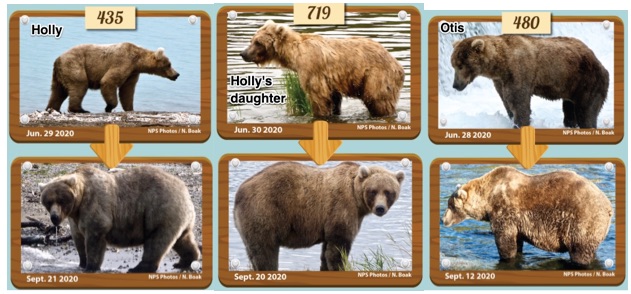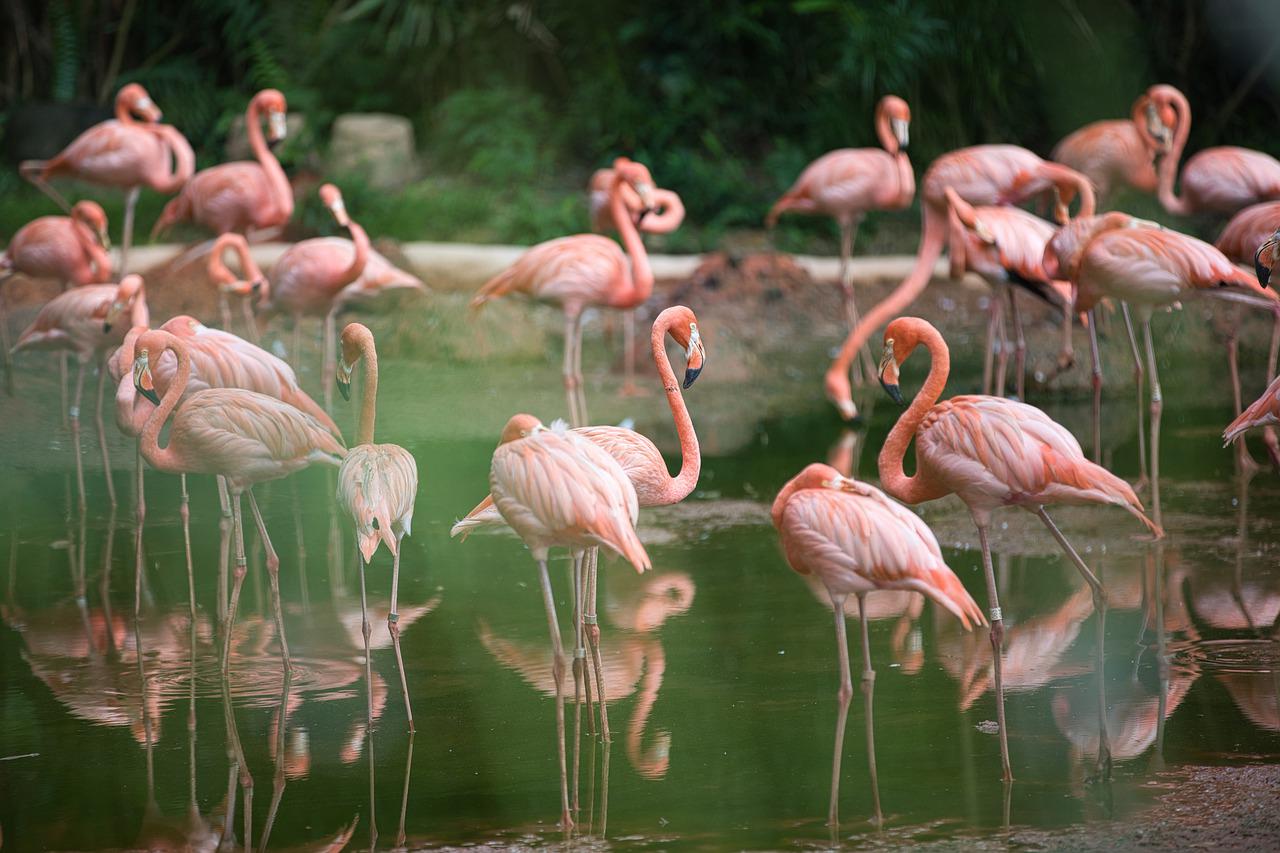With Chile’s flamingos and Alaska’s brown bears, the question is the same.
What are we willing to sacrifice?
Conservation or Development
Flamingos and Batteries
We can power our phones and electric vehicles because of the saline lakes in South America’s “Lithium Triangle.” Located in Argentina, Bolivia, and Chile, the triangle produces more than 75 percent of the world’s lithium. Those saline lakes are also the home of three of the world’s six species of flamingos. And that is the problem.
Because water levels drop when lithium is mined, the saline concentration of the lake rises. One study suggests that the higher concentration has diminished flamingo populations in the area by killing the organisms that they eat. At one of Chile’s saline lakes, Salar de Atacama, the Andean Flamingo population diminished by 12 percent between 2002 and 2013.
Like the canary in the coal mine, the flamingo’s decline signals what is happening to its entire ecosystem. Furthermore, their disappearance would impact local tourism. But also, we need our lithium and the jobs the industry creates.
Brown Bears and Oil
We have a similar situation in Alaska’s Katmai National Park. Near the end of September, before temperatures drop below freezing and a 6-month hibernation is imminent, brown bears eat as much as 120 pounds of salmon a day. By suspending the oil and gas leases that had the Trump Administration’s go ahead in Alaska’s Arctic National Wildlife Refuge, President Biden helped to save the sockeye salmon habitat where the brown bears feast.
As observers of the Fat Bear Contest, we’ve developed an affinity for some of the Katmai National Park’s bears. Below you can see some contestants’ before and after pictures:

These bears could find themselves in the middle of a debate. With gasoline prices doubling, it can cost $100 to fill your SUV tank. More drilling in Alaska might control future gasoline price hikes.
Our Bottom Line: The Tradeoffs
As economists, whether looking at flamingos or fat brown bears, we have to consider the conservation/development tradeoffs. We could preserve the flamingo or have more lithium. Similarly, it’s the bears’ salmon or more oil.
There is so much to think about.
After all, used in EVs, lithium batteries can reduce the emissions that harm the environment. But creating them can harm the environment. The bear/oil trade is slightly different because more oil does harm the environment. But no one wants to pay $100 to fill a gas tank.
So yes, whether contemplating flamingos or fat bears, we are facing the wilderness minerals tradeoff that makes us choose between conservation and development. An economist would say that because of scarcity, we have to make tradeoffs. Shown on a production possibilities graph, more of one item means less of another one. Below you can see that as you move along the curve, you sacrifice more minerals for more wilderness in Alaska. With relabeled axes, we could be talking about flamingos and lithium:
Returning to where we began, we have to decide what we are willing to sacrifice.
My sources and more: For the flamingo story, do take a look at Vox. Then, the explore website has all of the facts, links, and details on fat bear week. Meanwhile, there is more about the Biden decision at CNBC and here and here. Please note that several of today’s sentences were in a previous econlife post.







